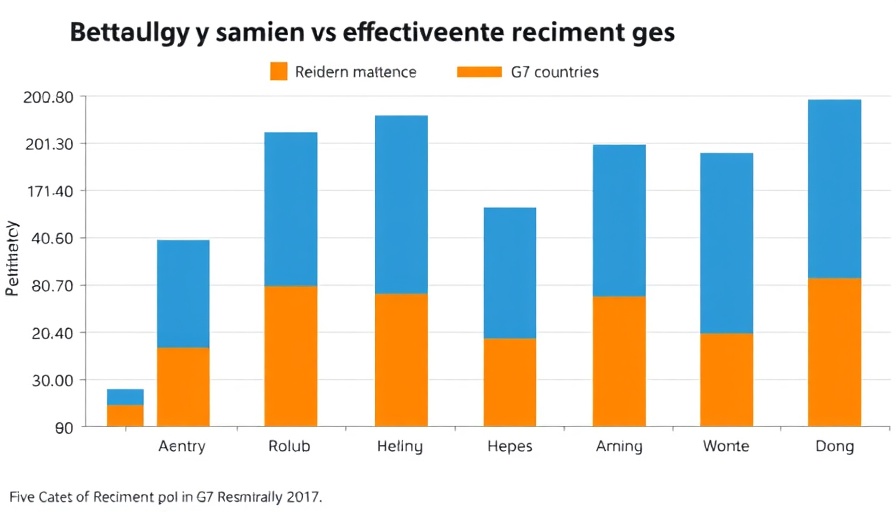
Why Embracing Gen Z in the Workplace is Crucial for HR Leaders
The workforce is rapidly evolving, especially with the emergence of Gen Z. As they enter the job market, it's imperative for HR leaders to reevaluate their strategies to attract and retain this generation. Unlike their predecessors, Gen Z employees seek more than just a paycheck; they prioritize work-life balance, inclusivity, and personal growth. In fact, studies show that 70% of Gen Z members value workplace culture over salary. For CHROs and Chief People Officers, adapting to these shifts means fostering an environment where this younger generation can thrive.
Understanding the Focus on Employee Benefits
One way to appeal to Gen Z is through innovative employee benefits. Will Trump’s new executive order effectively lower prescription drug prices? This is a significant concern, as affordable healthcare is a top priority for this cost-conscious generation. By providing clarity and communicating changes in benefits, HR leaders can enhance employee satisfaction and retention. After all, employee benefits are not just a package; they are a powerful tool for engagement.
Strategies to Create a High-Performance Culture
Creating a high-performance culture requires ongoing effort and strategic thinking. Operational leaders must focus on employee engagement by implementing feedback systems and recognition programs. Guest viewpoints emphasize the importance of creating a 'top workplace' to attract leading talent. This involves not only recognizing outstanding employee performance but also ensuring everyone feels valued and heard. As organizations shift focus from outdated metrics to innovative approaches, the impact on workforce productivity becomes evident.
Staying Ahead in a Competitive Landscape
To stay competitive, HR professionals must constantly evolve. 2025’s Top 100 HR Tech Influencers are leading the way in integrating technology such as agentic AI into talent management. These innovations can significantly improve recruitment and employee development processes. The future of HR is about embracing technology to enhance the human experience in the workplace. By harnessing these advancements, leaders can create a more engaged and productive workforce.
Conclusion: Take Charge of the Future Workforce
As we move forward, it's essential for leaders to embrace these changes proactively. By investing in workplace culture, innovative employee benefits, and emerging technologies, CHROs, VPs of Talent, and operational leaders can set their organizations up for success. This not only benefits current employees but also attracts top talent in the years to come.
 Add Row
Add Row  Add
Add 




Write A Comment